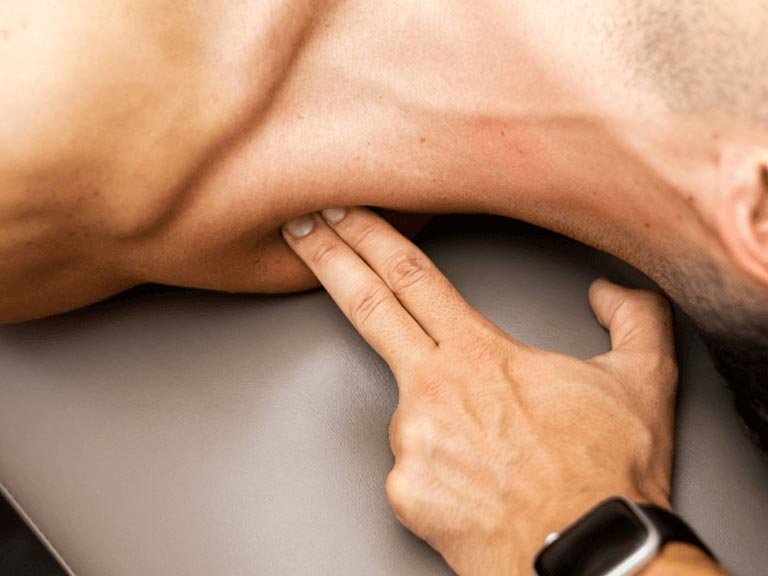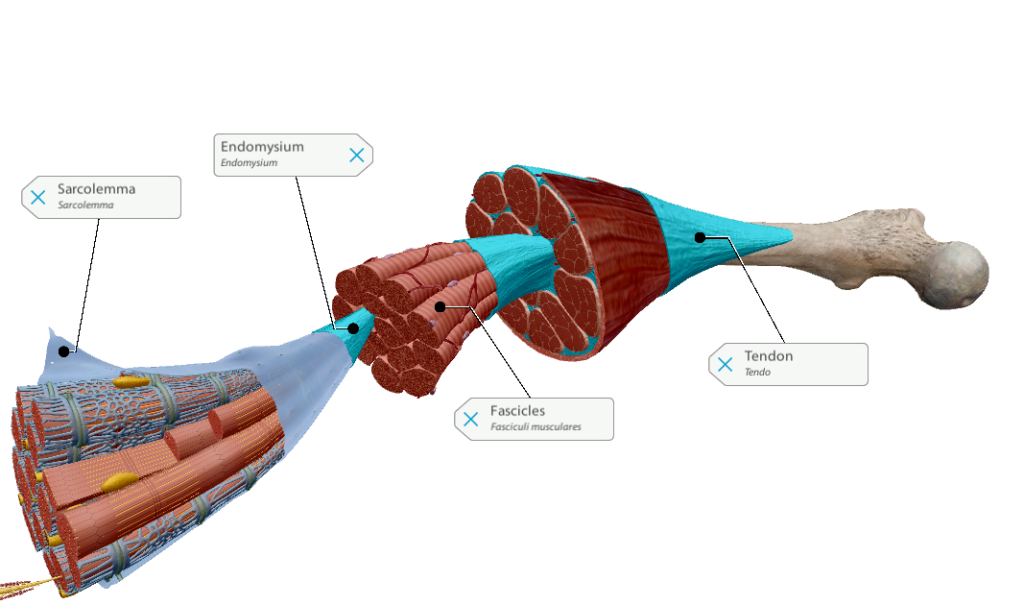Understanding Myofascial Release
‘Myo’ = muscle
Myofascial release is a hands-on therapy designed to restructure muscle connections and restore mobility by targeting the muscles and fascia. Fascia is a connective tissue that surrounds all muscles and joints, connecting various organs, bones, and soft tissue structures. When fascia becomes tight or restricted due to injury, poor posture, or stress it can lead to pain, reduced flexibility, and impaired function. Myofascial release works by gently applying sustained pressure to these restricted areas, encouraging the tissue to relax and regain its natural elasticity.
The Benefits of Myofascial Release
This therapy is highly effective for addressing chronic pain, especially in conditions like lower back pain, neck tension, shoulder pain, and fibromyalgia among many others. By reducing fascial restrictions, it improves circulation, enhances range of motion, and promotes overall well-being. Patients often experience a significant reduction in pain and improved quality of life after treatment.
In our practice, myofascial release is often combined with other treatments, such as chiropractic adjustments and targeted rehab exercises to address both the root cause and symptoms of pain. This integrative approach ensures long-term relief and better functional outcomes. Additionally, we encourage patients to practice regular stretching and stress management techniques to maintain the benefits of myofascial release. By addressing the interconnected nature of the body’s tissues, myofascial release provides a powerful tool for restoring balance and relieving pain.


Methods We Use In The Office
An effective treatment for musculoskeletal pain and tension often integrates techniques like pin and stretch, cross-friction massage, instrument-assisted soft tissue mobilization (IASTM), and post-isometric relaxation (PIR) stretching. Pin and stretch targets specific areas of tension by isolating a muscle and elongating it under pressure, while cross-friction massage breaks down adhesions and scar tissue in connective tissues. IASTM uses specialized tools to enhance tissue mobilization and promote healing, and PIR stretching gently lengthens muscles after a contraction to improve flexibility and reduce tightness. Together, these methods create a comprehensive approach to alleviate pain, restore mobility, and improve overall function, ensuring optimal outcomes for patients.
